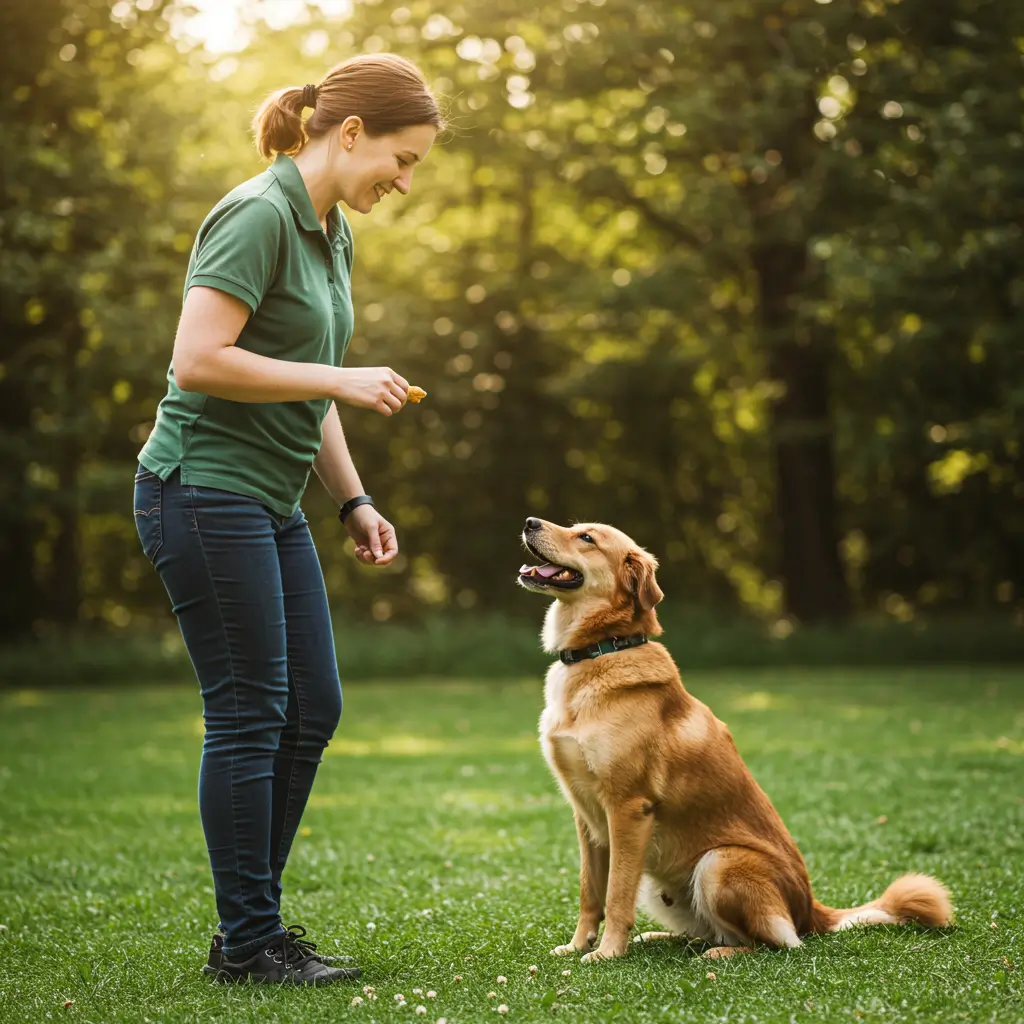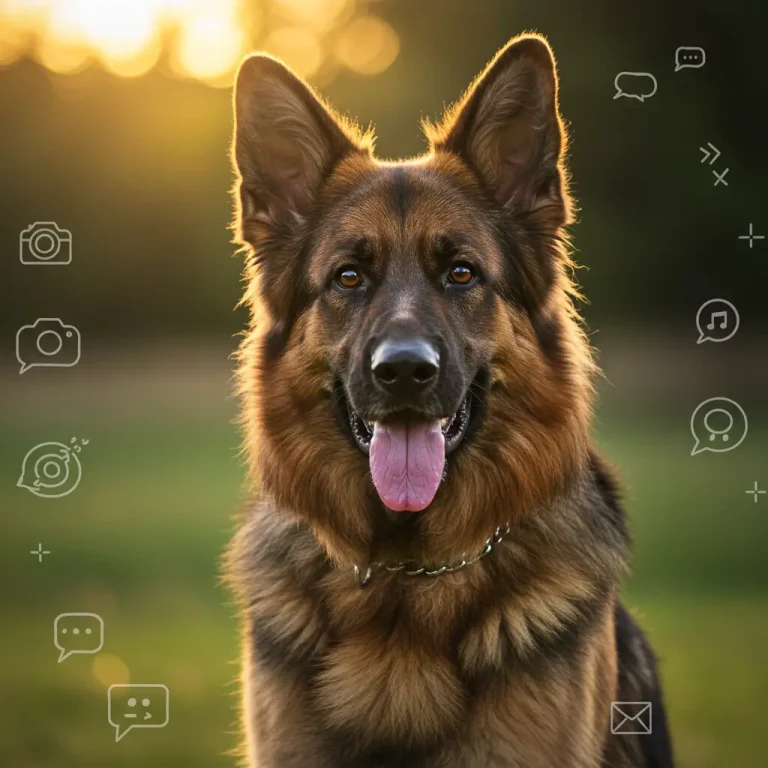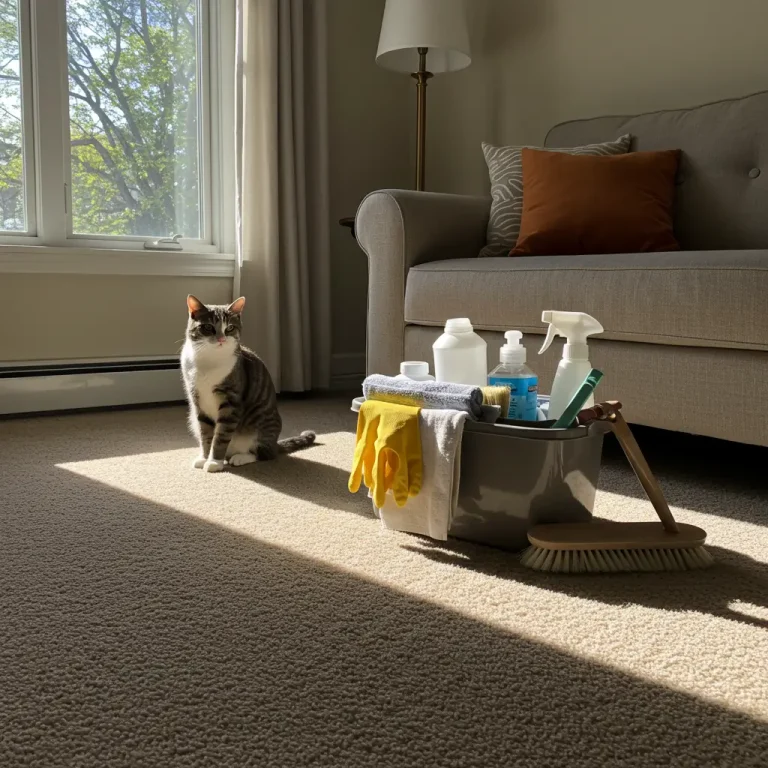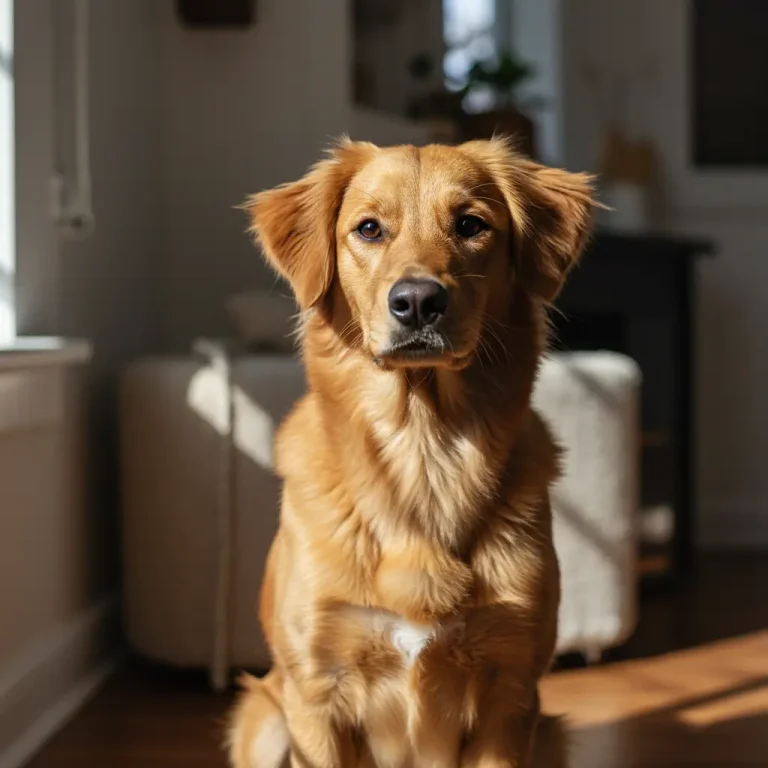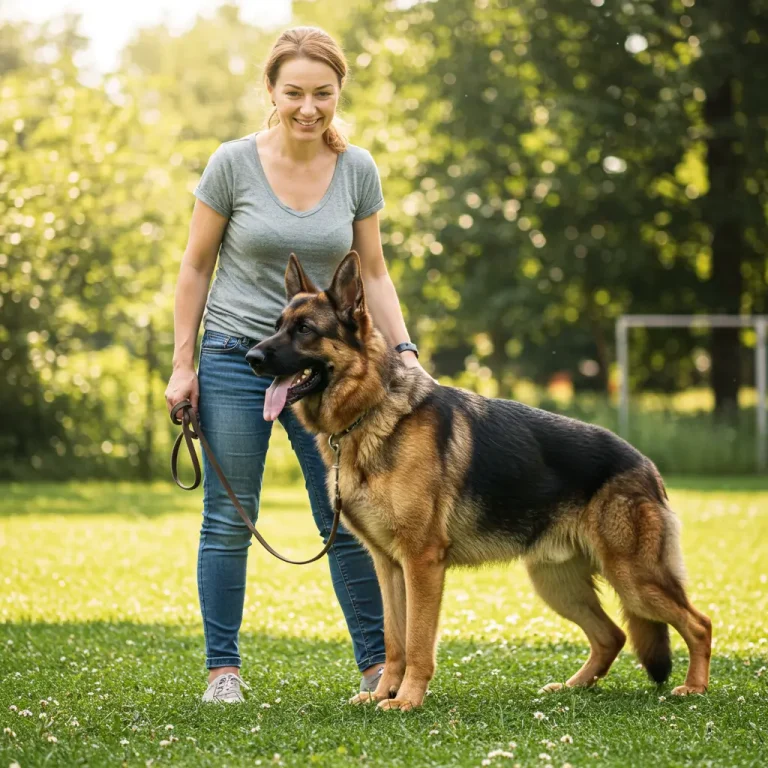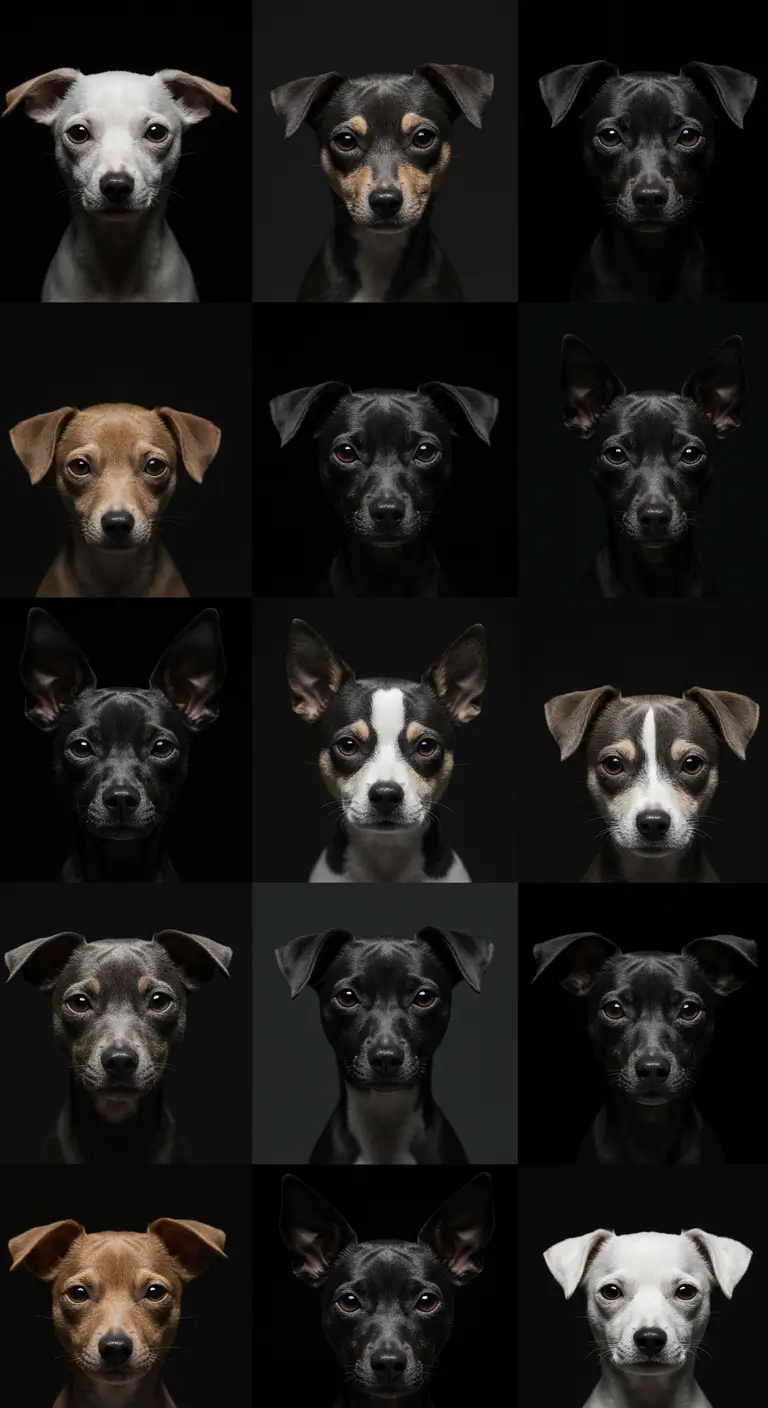9 Essential Tips for Effective Dog Obedience Training
You want a dog who listens the first time, not after the third “sit… please?” I get it. I’ve trained my own high-energy mutt, and I’ve helped friends with everything from recall to leash manners.
You can absolutely build reliable obedience with a plan, a few smart habits, and a sense of humor. Ready to make training feel less like work and more like a routine you both enjoy?
1) Nail Your “Why” and Keep Sessions Short
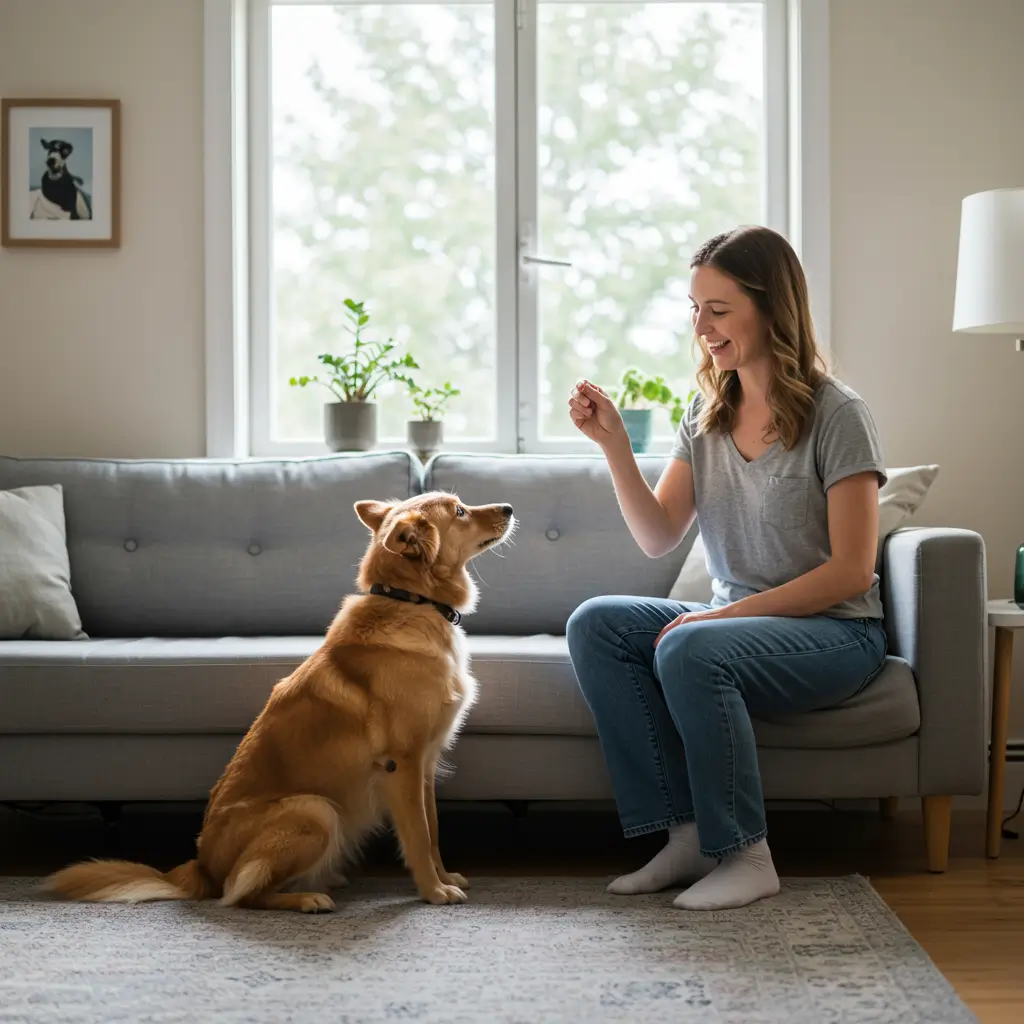
You train for real-life wins: calm door greetings, safer walks, faster recalls. Set one goal per week and track it. I run 5–10 minute sessions, two or three times a day. Short sessions keep energy high and mistakes low. Ever notice how your dog crushes the first few reps and then checks out? Short sessions fix that.
2) Reward Like You Mean It
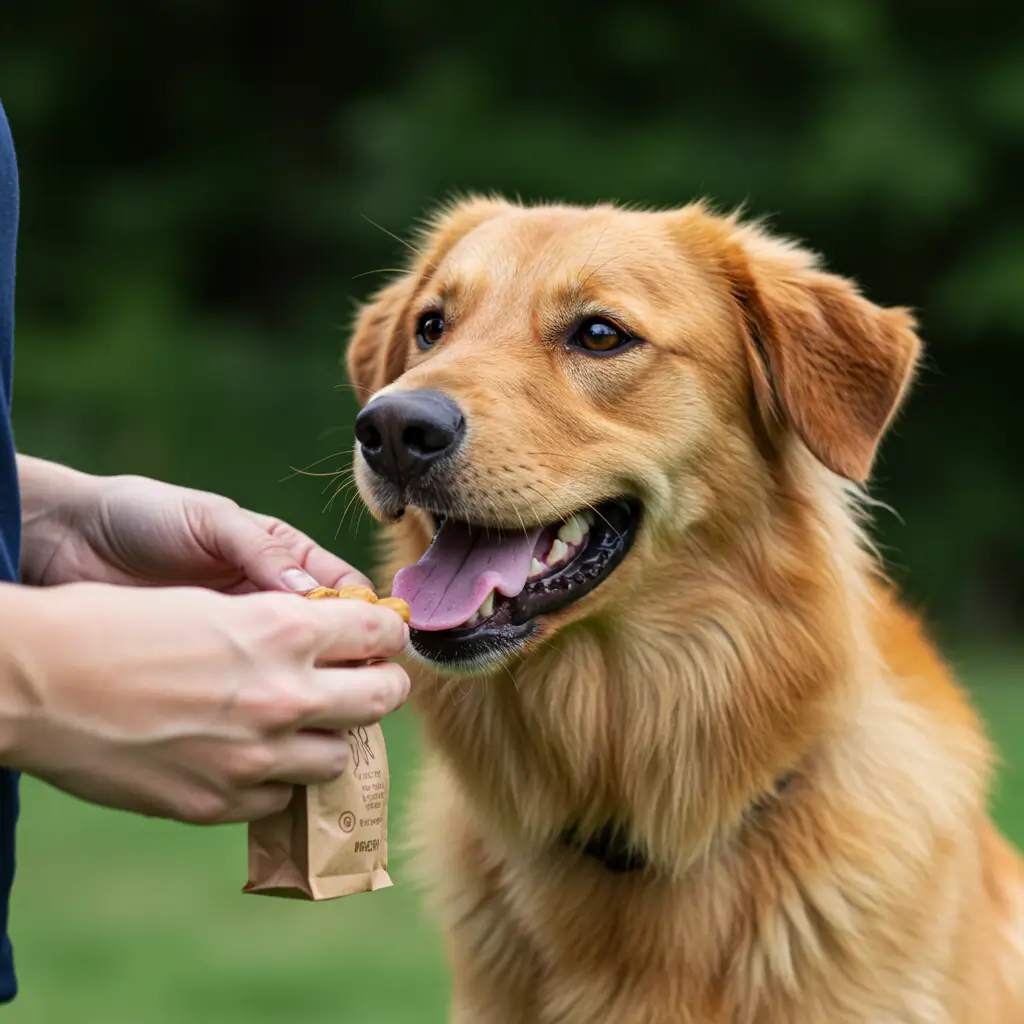
Dogs repeat what pays. Use high-value rewards for new or hard behaviors and regular treats or praise for easy ones. I start with soft, smelly bites for fast chewing so momentum stays strong. Mix in toys and play for variety. Ask yourself: would you work harder for broccoli or brownies? Your dog votes brownies.
Dial In Timing
Mark the exact moment your dog succeeds. A crisp “Yes!” or a clicker works great. Perfect timing makes behavior crystal clear and speeds learning.
3) Use Clear Cues and Consistent Criteria
Pick simple cues: “Sit,” “Down,” “Stay,” “Come.” Keep words and hand signals consistent. I teach one behavior per cue and avoid stacking chatter. Want faster results? Define success before you start: “Down means elbows on the floor until I release.” If you feel fuzzy, your dog feels fuzzier.
Pro Tip
If your dog stalls, lower difficulty instead of repeating the cue louder. Volume rarely equals clarity, right?
4) Master the Art of Progressive Distractions
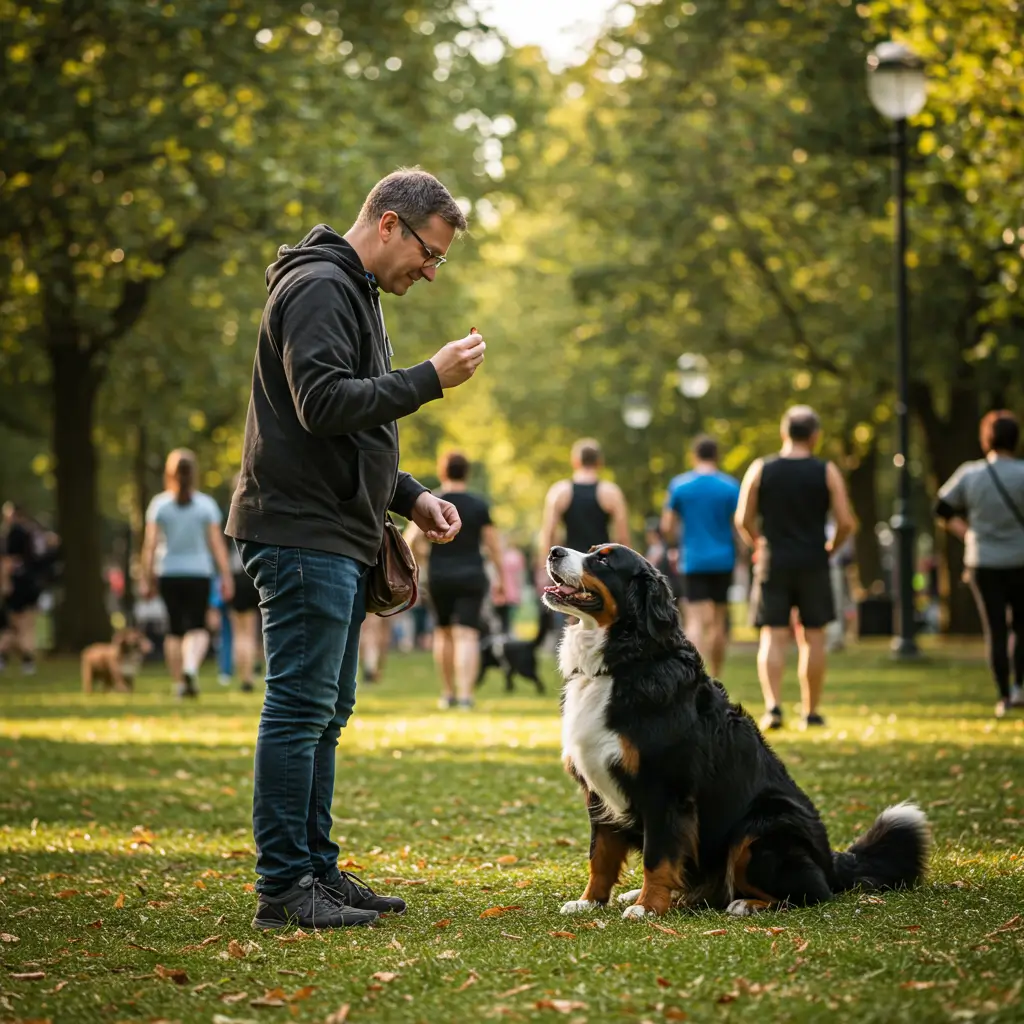
Your living room doesn’t equal your local park. Build distraction ladders: start in a quiet room, then move to the yard, then the sidewalk, then the park. I add distance and duration gradually. Ever wondered why your dog listens at home but “forgets” outside? Your dog doesn’t troll you; the world just outbids your treat.
- Step 1: Quiet room → 5 perfect reps
- Step 2: Backyard → leash on, same cue
- Step 3: Sidewalk → add movement
- Step 4: Park → higher-value rewards + shorter reps
5) Prevent, Don’t Just Correct
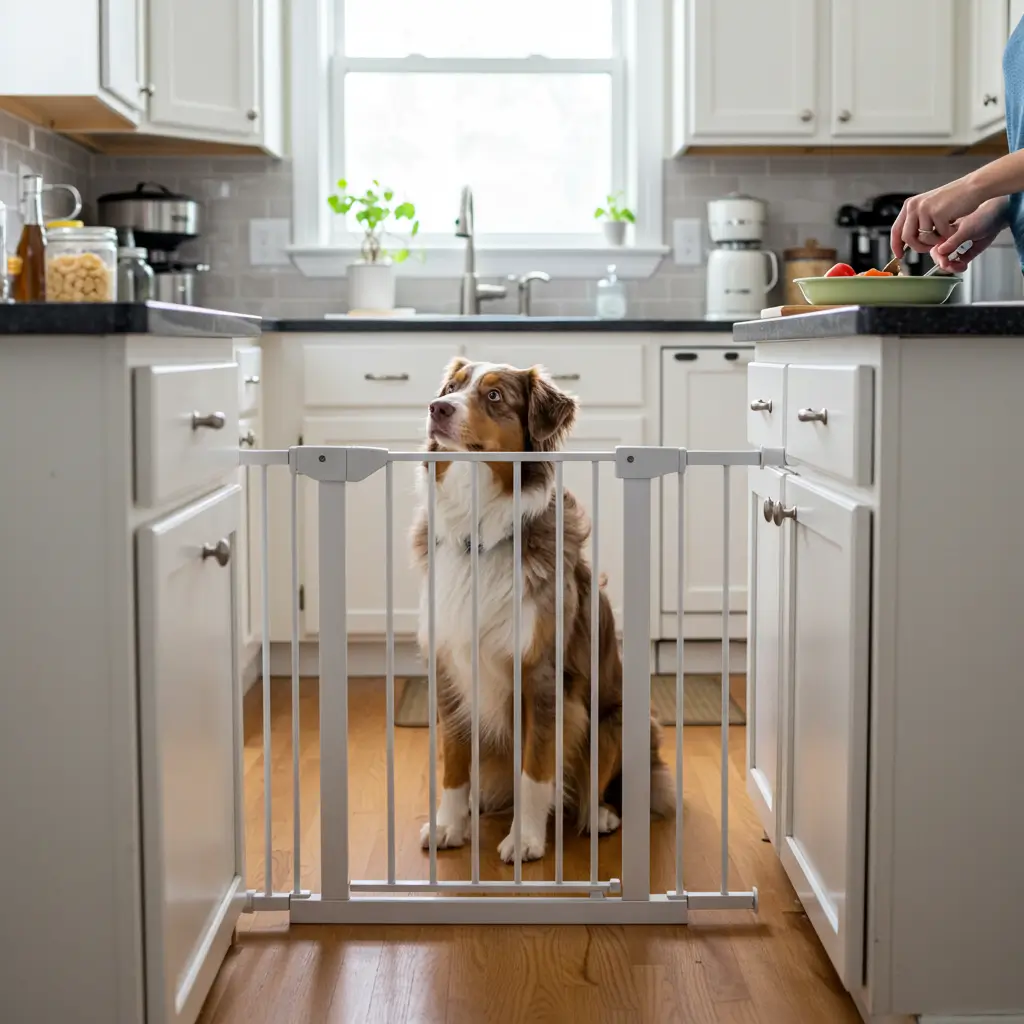
Management saves your sanity. I use baby gates, tethers, crates, and leashes to stop bad habits from practicing themselves. If your dog counter-surfs, block access and reward floor time. If your dog jumps on guests, clip the leash before the knock. Why let your dog rehearse the mistake when you can prevent it?
6) Train Life Skills, Not Party Tricks
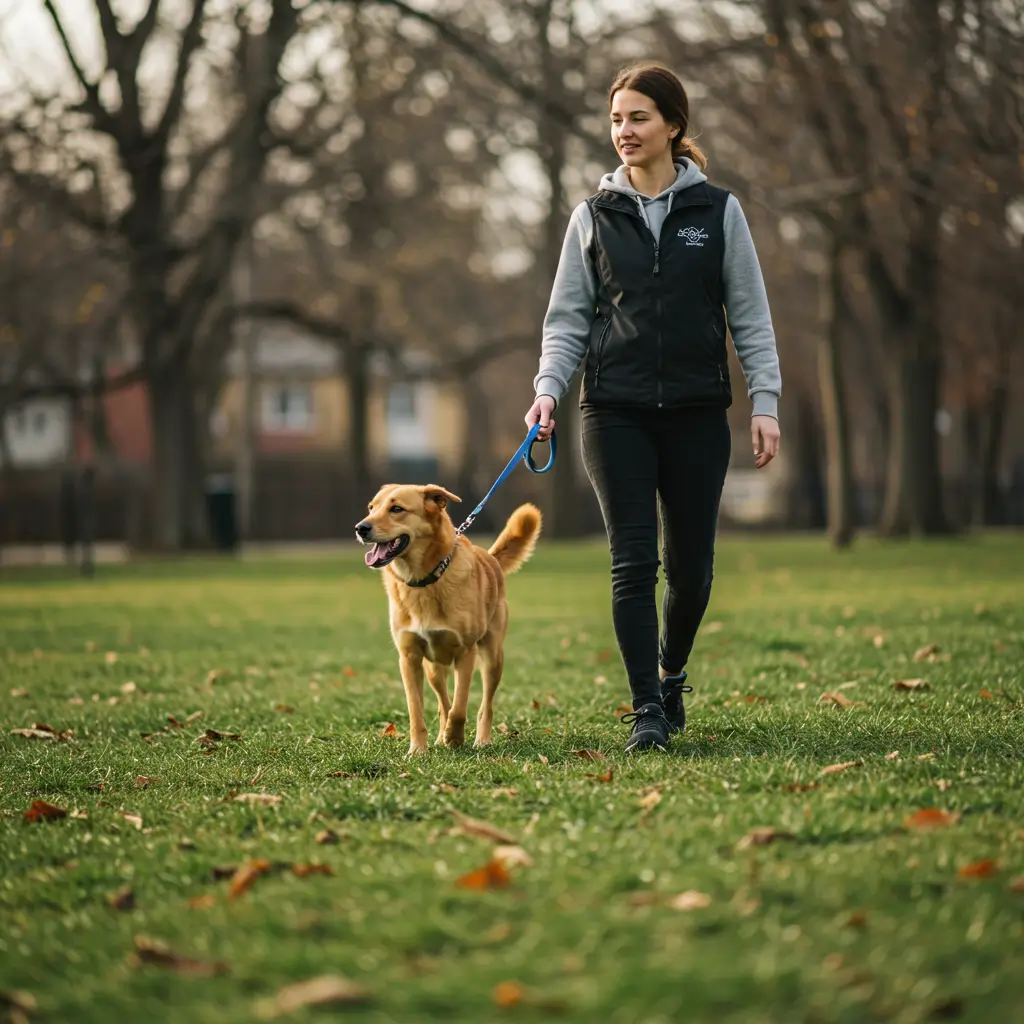
I love a good spin trick, but I teach recall, loose-leash walking, stay, leave-it, and settle first. These skills pay rent every day. I attach behaviors to routines: sit at doors, down while I cook, go-to-mat during TV time. IMO, nothing beats a rock-solid recall for safety and freedom. Wouldn’t you relax more if your dog came flying back every time?
Anchor Behaviors to Context
- Doorway: Sit → release word
- Food prep: Down on mat → treat for calm
- Walks: Eye contact → step forward
7) Choose Tools That Help, Not Hype
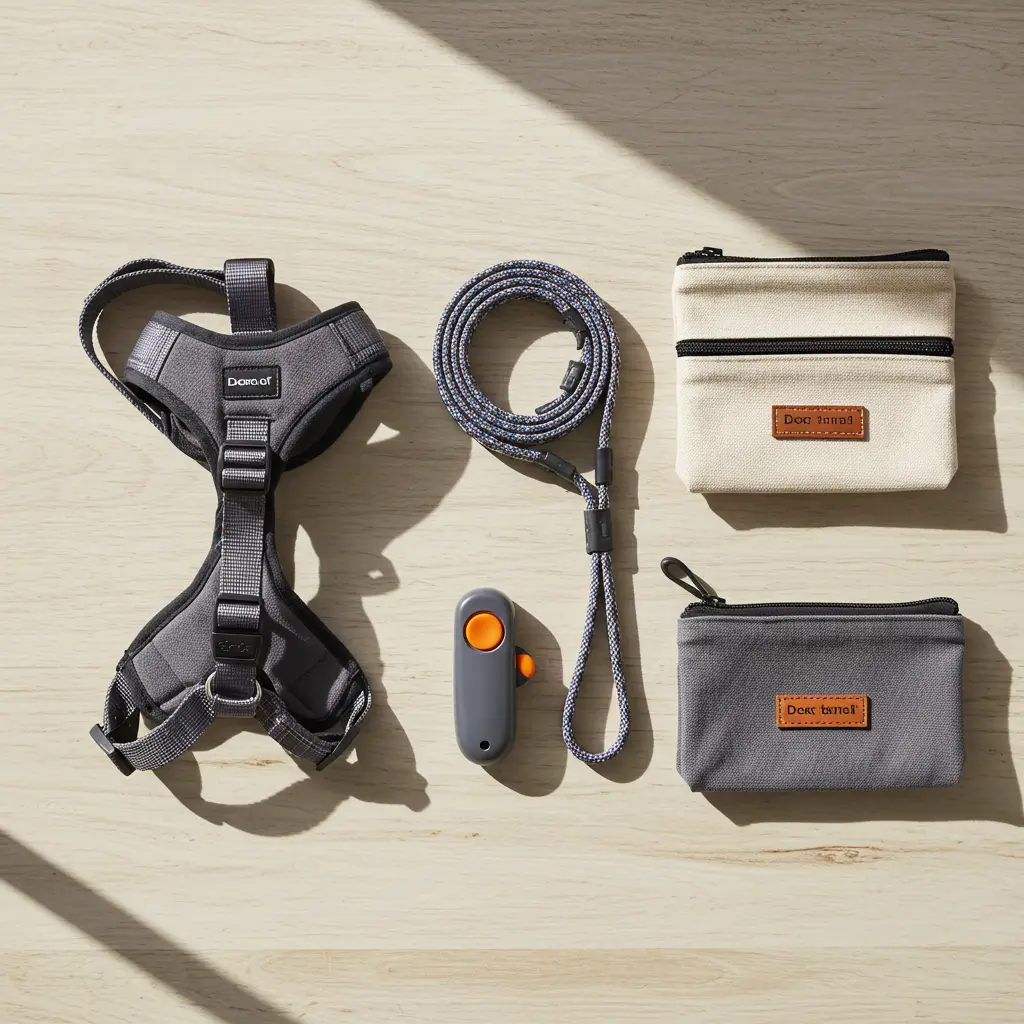
I build a small toolkit and keep it simple. Flat collar or Y-front harness, a 6-foot leash, a 20–30 ft long line for recall practice, and a treat pouch. I skip harsh tools because trust fuels training. FYI, a long line turns a risky park recall into a safe, high-rep game. Want to test a tool? Ask: does this improve clarity, comfort, and control?
My Quick Compare
- Front-clip harness: Better steering for pullers
- Long line (biothane): Great grip, easy clean
- Clicker or verbal “Yes!”: Precise feedback
8) Read Your Dog’s Body Language
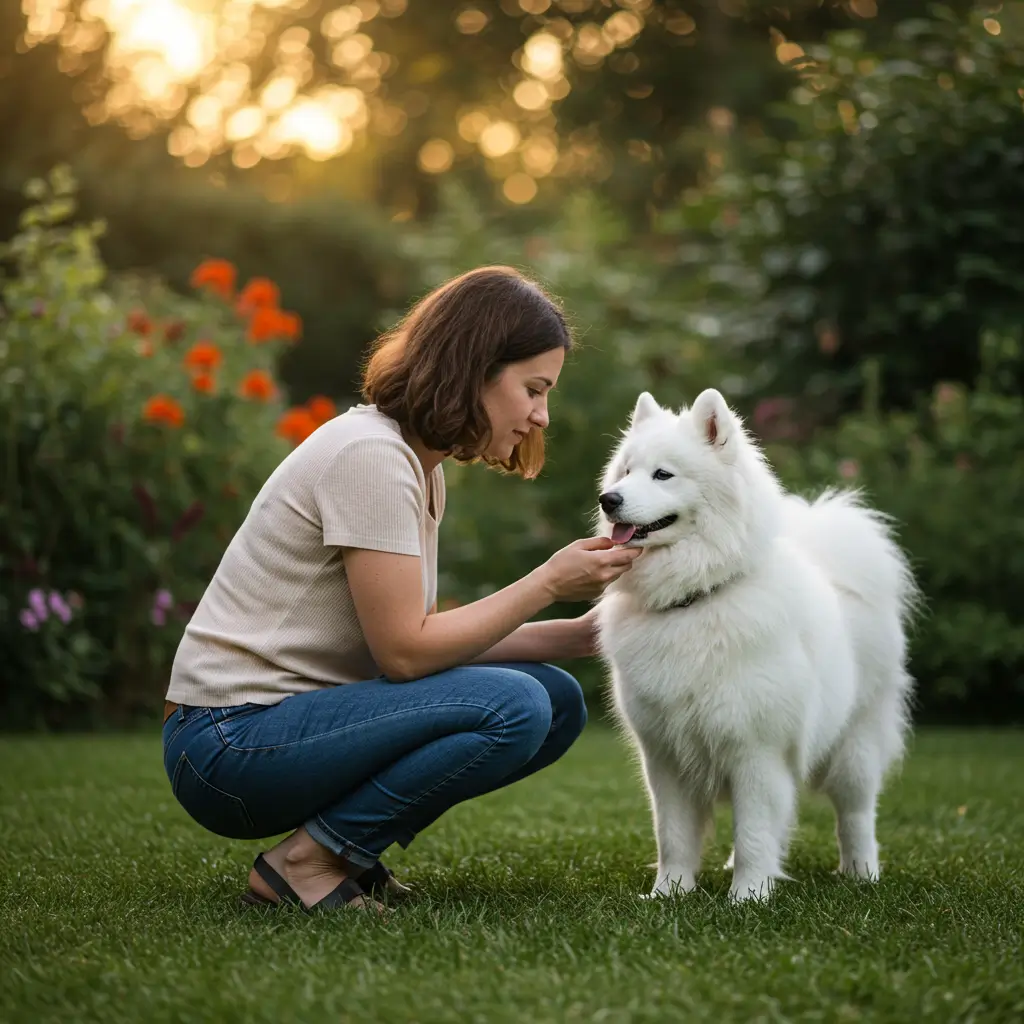
Your dog leaves hints everywhere. Watch ears, tail, mouth, weight shift, and sniffing. Lip licking, yawning, or sudden sniffing often mean stress or confusion. When I see my dog struggle, I split the task into smaller steps and reward tiny wins. Why push through frustration when you can adjust and keep confidence high?
The Green-Yellow-Red Check
- Green: Eager, focused, tail neutral → increase difficulty
- Yellow: Sniffy, slow sits → repeat or simplify
- Red: Avoidance, vocal stress, freezing → pause and reset
9) Be Consistent, But Keep It Fun
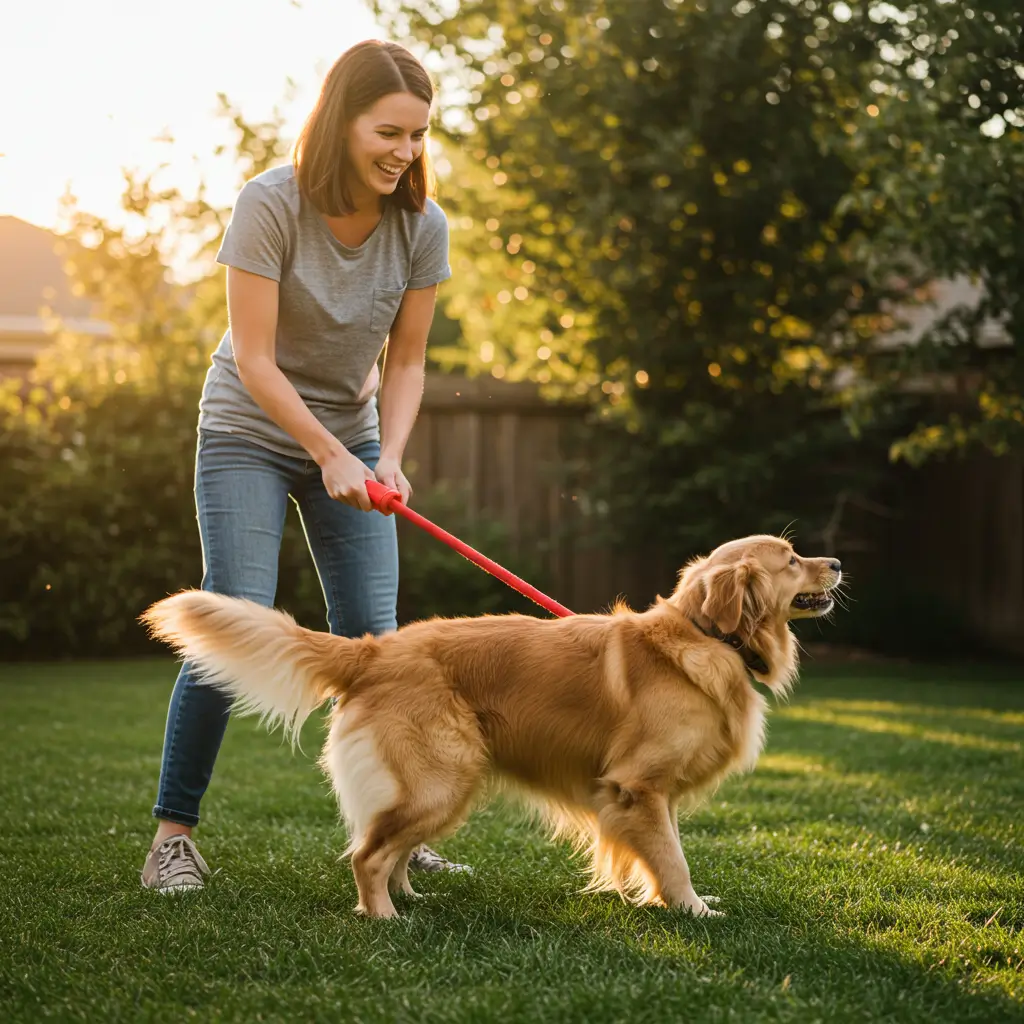
Consistency builds predictable rules; play keeps your dog obsessed with the game. I sprinkle in jackpot rewards for amazing reps and end sessions with a quick tug or a chase game. Sarcastic truth: you can out-boring your dog faster than you think. Keep the vibe upbeat, and your dog will drag you to the training spot 🙂
Sweeten the Deal
- Random big payouts for stellar responses
- Surprise play breaks after tough drills
- New locations to keep curiosity high
Bonus: Troubleshooting Fast (Because Life Happens)
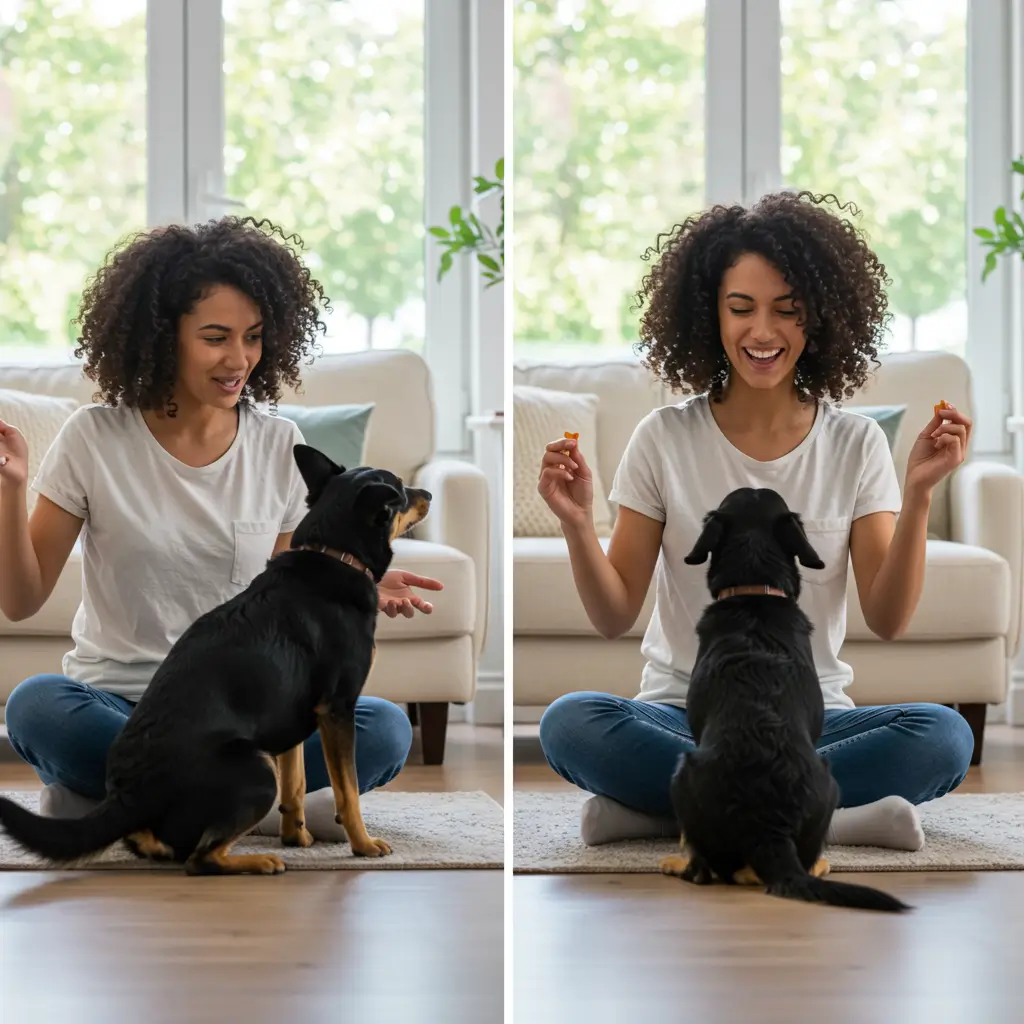
Hit a snag? Try this quick triage before you blame “stubbornness”:
- Cue confusion? Pick one word, one signal, one behavior.
- Low motivation? Upgrade the reward or reduce distractions.
- Too hard? Shorten duration, reduce distance, or change location.
- Handler habits? Stand still, speak once, and reward the first correct try.
Sample Weekly Plan That Actually Sticks
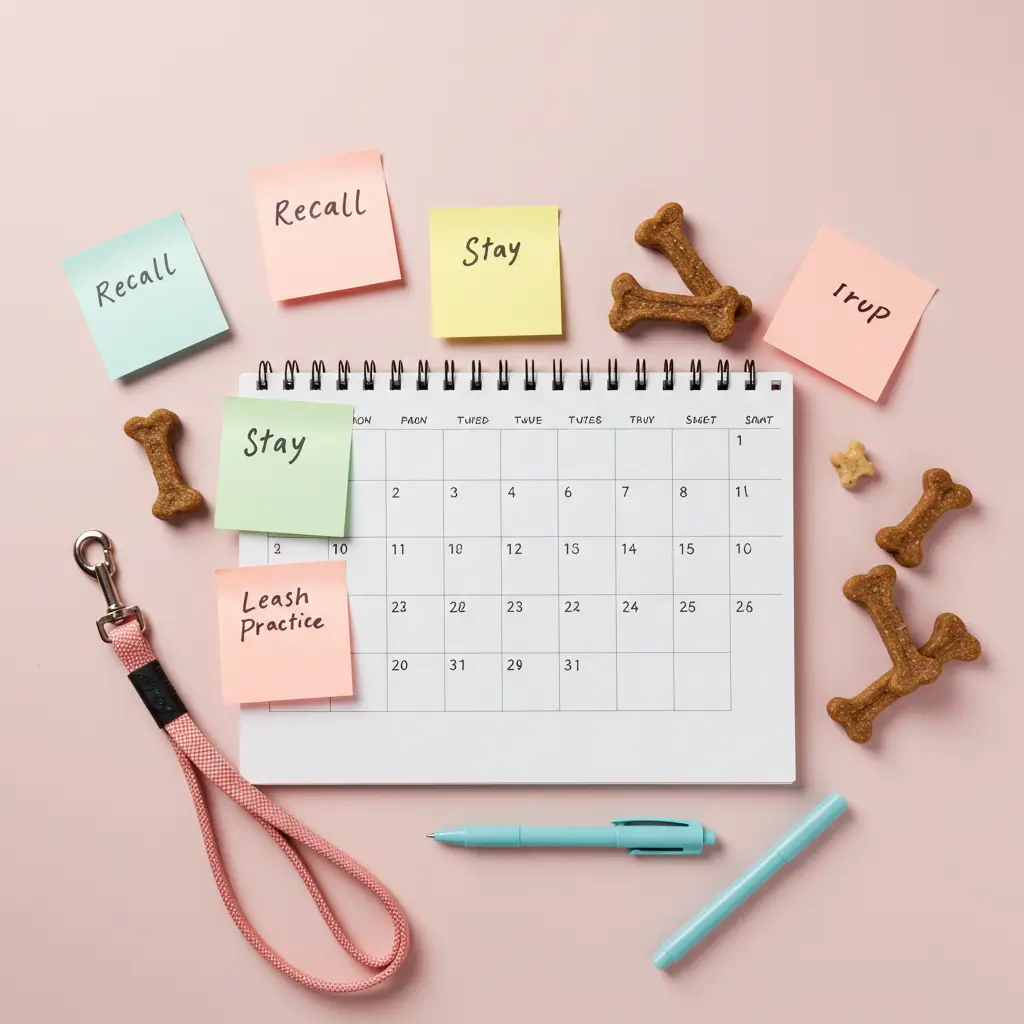
Want structure without a spreadsheet? I run this simple loop:
- Mon–Tue: Recall on long line (5-minute games)
- Wed–Thu: Loose-leash figure-8s around cones or trees
- Fri: Stay with duration indoors, then add light distractions
- Sat: Park field trip → easy known skills for confidence
- Sun: Rest day + enrichment (sniffari, puzzle feeder)
You hit every core behavior, you avoid burnout, and you log real progress.
Final Takeaway
You don’t need magic; you need clarity, timing, and consistency. Use powerful rewards, keep sessions short, scale distractions slowly, and protect your dog from rehearsing mistakes. Train for the life you want, not for Instagram. Ask, “What skill helps tomorrow’s walk feel easier?” Then build it today, one clean rep at a time.
If you want a quick next step, pick one behavior recall, stay, or loose-leash and run a 7-day sprint with the plan above. You’ll feel momentum by midweek, and your dog will love the game. Sounds good, right? Now grab the treats, clip the leash, and show your dog how effective dog obedience training looks in the real world.

